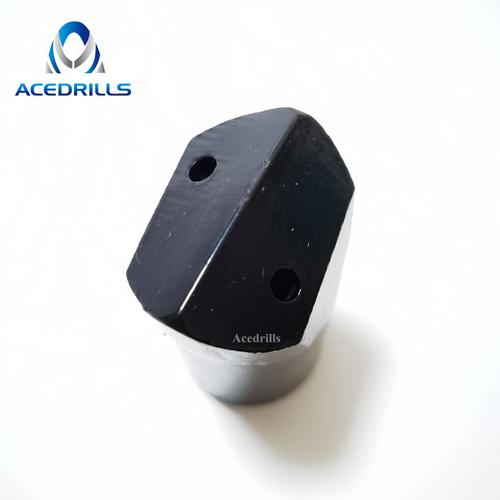
Extra Strength Drill Bit: A Comprehensive Guide
When it comes to drilling through tough materials, an extra strength drill bit is an essential tool. Whether you’re a professional tradesperson or a DIY enthusiast, understanding the features and benefits of these drill bits can make a significant difference in your work. In this article, we will delve into the details of extra strength drill bits, covering their construction, types, uses, and maintenance. Let’s get started.
Construction of Extra Strength Drill Bits
Extra strength drill bits are designed to withstand high pressure and heat, making them ideal for drilling through materials like cast iron, steel, and other tough metals. These bits are typically made from high-speed steel (HSS) or carbide, which are known for their durability and heat resistance. The construction of an extra strength drill bit includes the following key components:

- Shank: The shank is the part of the bit that fits into the drill chuck. It is usually hexagonal or square to ensure a secure grip.
- Tip: The tip of the bit is the cutting edge that makes contact with the material being drilled. It is often made from a harder material than the body of the bit to maintain sharpness and durability.
- Flutes: The flutes are the spiral grooves that remove the chips from the hole as the bit rotates. They are designed to be as wide as possible to allow for efficient chip removal.
- Web: The web is the area between the flutes and provides structural support to the bit.
Table 1: Comparison of Common Drill Bit Materials
| Material | Hardness | Heat Resistance | Durability |
|---|---|---|---|
| High-Speed Steel (HSS) | Medium | Medium | High |
| Carbide | High | High | High |
| Titanium | High | High | Medium |
Types of Extra Strength Drill Bits
Extra strength drill bits come in various types, each designed for specific applications. Here are some of the most common types:
- Twist Drill Bits: These are the most common type of drill bit and are suitable for drilling straight holes in a variety of materials.
- Countersink Bits: These bits have a conical tip that allows them to create a countersink for screws, providing a flush fit.
- Spade Bits: These bits are designed for drilling large, straight holes in soft materials like wood and plastic.
- Forstner Bits: These bits are used for creating flat-bottomed holes in wood and other soft materials.
- Brad Point Bits: These bits have a small, pointed tip that helps to start the hole and prevent the bit from wandering.
Uses of Extra Strength Drill Bits
Extra strength drill bits are versatile tools that can be used in a wide range of applications. Here are some common uses:
- Woodworking: Drilling holes for screws, dowels, and other fasteners in wood projects.
- Metalworking: Drilling holes in metal plates, pipes, and other metal components.
- Plumbing: Drilling holes for pipes and fittings in walls and floors.
- Automotive: Drilling holes for bolts, nuts, and other fasteners in vehicles.
- Construction: Drilling holes for electrical wiring, plumbing, and other installations.
Maintenance of Extra Strength Drill Bits
Proper maintenance of your extra strength drill bits can extend their lifespan and ensure optimal performance. Here are some tips for maintaining your drill bits:
- <







